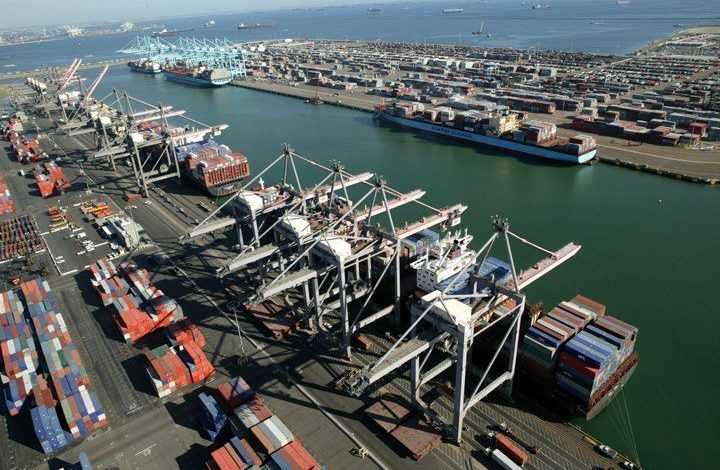‘Profiteering’ liners in the spotlight

Consultants Drewy issued a report noting how lines look set this year to make more money than they have in a long time as their crisis management tactics – “essentially blanking voyages” – has paid off “handsomely”.
Whether container lines are profiteering from deliberately cutting too much capacity has stirred considerable debate in the last 24 hours.
“From a public relations perspective the optics of making big profits during a global crisis are not great. The price will be more animosity and accusations of profiteering,” the Drewry report observed.
Drewry estimates that the industry secured an operating profit (EBIT) of around $1.4bn and margin of 3.2% in the first quarter, pretty much on par with the same quarter of last year.
“While the first quarter was not a full test of the industry’s Covid-19 coping mechanism as most countries did not enter lockdown until quite late in the period, all signs point to operating carriers having not only survived the market shock, but even benefitting from it, with spot market rates soaring and a number of previously guarded companies now upgrading quarterly and full-year guidance,” Drewry continued.
From a public relations perspective the optics of making big profits during a global crisis are not great. The price will be more animosity and accusations of profiteering
Drewry suggested shipping lines could do a better job in terms of giving notice and rationale when making capacity changes, while closer consultation with customers about the likely timing and scale of any future rebound could help to avoid potential bottlenecks.
Firing back at the profiteering suggestion, Lars Jensen from Sea-Intelligence Consulting took to LinkedIn to point out how small carriers’ actual charges are in the overall costs of world trade and how the thin was the line between black and red ink for liners this year.
Jensen’s own recent estimate forecasts that if carriers can maintain the increases from the first half they could see profits of some $9bn in 2020. If they fail then the year could still end with a combined loss of $7bn.
“In very round numbers, ocean freight accounts for a value of 1.3 cents for each dollar of goods. The rate increase indicated by the CCFI index thus far in 2020 means that each dollar of goods have seen a freight rate increase of 0.0009 USD – is that tantamount to profiteering?” Jensen wrote.
Drewry, for its part, expects freight rates to soften in the second half of the year as carriers will cautiously reintroduce capacity to meet any demand recovery, but not at the expense of a large collapse in rates to uneconomic levels.
